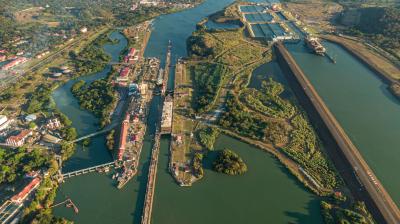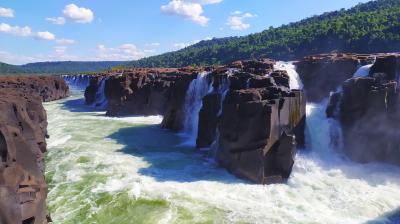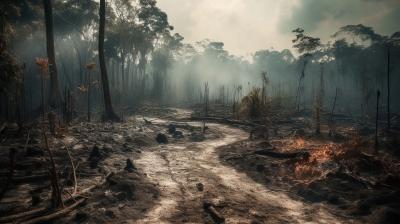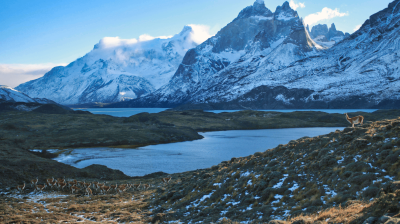State of the Climate in Latin America and the Caribbean 2023
- Warmest year on record
- Drought, heatwaves, rainfall and floods undermine economic development
- Sea level rise threatens coastal areas and glacier retreat accelerates
- LAC region lags in providing weather and climate services
- Integrated climate and health strategies making progress
The WMO State of the Climate in Latin America and the Caribbean 2023 report confirmed that it was by far the warmest year on record. Sea levels continued to rise at a higher rate than the global average around much of the Atlantic region, threatening coastal areas and small island developing States.
The State of the Climate in Latin America and the Caribbean report, accompanied by an interactive story map, complements the WMO State of the Global Climate flagship. It informs decisions on climate change mitigation, adaptation and risk management at regional level.
The report highlights the need for more investment in National Meteorological and Hydrological Services to strengthen forecasts and life-saving early warnings. In Latin America and the Caribbean, 47% of WMO Members provide only "basic or essential" weather services. Just 6 % provide “full or advanced” services to support decision-making in climate sensitive sectors.
Advances in integrating meteorological data into health surveillance (focusing on disease) reflect a move towards stronger public health strategies. But there is still much room for improvement in view of growing climate-related risks to health. This includes from heatwaves, air pollution, food insecurity and mosquito-borne diseases like dengue fever, according to a special chapter in the report.
The report includes input from National Meteorological and Hydrological services, regional climate centres, United Nations partners, universities and research bodies and WMO experts.
Other resources
State of the Climate in Latin America and the Caribbean 2023
About the State of the Climate in Latin America and the Caribbean series
The State of the Climate in the Latin America and Caribbean report provides details of extreme weather and climate change impacts in the entire region, from the Amazon to the Andes, and from coastal waters to snowy peaks.








